 Your new post is loading...
 Your new post is loading...
What puts leaders at risk of failure is that too many of them believe they have to be experts at every single one of those responsibilities. After all, they were hired to lead? This is where we need to foster a change in mindset, because no one can meet all of the demands of leadership by themselves. And no one, needs to be an expert at everything. What leaders need is the belief that they can meet those demands by working collaboratively with their staff and school community.
Via Dennis Swender, june holley
I know of a global organization where people are hired for their technical expertise, not their interpersonal skills. When a key team started to have a lot of friction and constantly missed deadlines, they brought in a leadership coach for the leader of that team. The coach found that the leader was only focused on his own perspective of what was going wrong with the team. He had no sense of what people on the team thought or felt.
He never tried to learn how they saw things, let alone get to know them. What this leader lacked was skill at teamwork, a competency of emotional intelligence.
Via David Hain, Kevin Watson
When we think productivity, we rarely think of workplace design as a major contributor or detractor, but compelling ongoing research shows that it plays a much larger role than initially thought. According to research published in the Journal of Experimental Psychology, an empowered office environment can increase worker productivity on cognitive tasks by 25%, and possibly more. Workspace design today is undergoing a major creative shift. We've gone from cubicles (people are productive in isolation) to open-plan spaces (collaboration leads to success) to what I believe is the next major step - integrated multi-function design which recognizes that people need multiple spaces based on their ongoing and changing needs within a business day. Instead of looking out across rows of cubicles, today's office worker needs a mix of team meeting rooms, open lounge-like areas, and private workspaces.
Via The Learning Factor
From winning sports teams to globally successful businesses, there are so many examples of how collaboration in teams can produce incredible results. Building and developing a collaborative culture within your team is key to improving the share of knowledge throughout your business, which will ultimately lead to a more efficient working environment. Whilst many people like the idea of working in a collaborative environment, they aren’t always willing to undertake the investment required to establish a fully collaborative workforce.
As the working world becomes increasingly global, and teams are split across different geographies and time zones, the need for collaboration has never been so important. With new technologies and cloud-based systems offering teams the ability to communicate information and share knowledge, businesses should utilise the opportunities available to improve the collaboration amongst their teams.
Via David Hain
Debate: a formal discussion, often in front of an audience, in which two or more people put forward opposing views on a particular subject; any general discussion on a subject, not necessarily in one place or at one time. 13th Century, from French ‘debatre’ meaning ‘to discuss’. Chambers Dictionary.
The importance of fair discussion and a chance to challenge and explore new opinions and ideas cannot be overstated.
Leaders, debating is your chance to explain what you know, win supporters for your strategies and probe and improve the goings-on throughout the company.
Team-members, innovate in a collaborative and iterative manner by putting your solutions through a debate.
Shareholders, find out whether a strategy is in your best interest, or decide how to move forward.
Staff, solve problems and improve transparency and communication by talking openly about issues and opinions.
Debating in the workplace can have a number of uses:
Via David Hain
Collaboration is crumpling under the weight of our expectations. What should be a messy back-and-forth process far too often falls victim to our desire to keep things harmonious and efficient. Collaboration’s promise of greater innovation and better risk mitigation can go unfulfilled because of cultural norms that say everyone should be in agreement, be supportive, and smile all the time. The common version of collaboration is desperately in need of a little more conflict.
In the world of design-thinking collaboration is an esteemed means to an end. Good designers wouldn't go about designing a dress or a chair without the input of other peer-designers and colleagues from other core-competencies such as materials science, engineering or technology. Similarly from a design thinking perspective, one wouldn't go about designing a new transportation infrastructure or service delivery system for a fast food chain without factoring in others' ideas.
In general, whether or not you work directly in design, collaboration sounds swell and it's something that we all know is good to do in principle. But it is definitely easier said than done. After all, couldn't you save a lot more time and money if you just did the project yourself?
Via David Hain
There are lots of problems with brainstorms, but the main one is they don’t go on for long enough. They usually stop when people have run out of ideas and you get those embarrassing silences. But those embarrassing silences are when your unconscious starts engaging on the problem and is a vital part to coming up with great ideas. The way brainstorms are practiced in most companies today is still almost exactly the same way that was recommended by their inventor, advertising executive Alex Osborn, over 60 years ago. Business and our understanding of how the brain works have both moved on so much in that time, and yet we’re still hanging onto this old technique for so many of our idea-gathering sessions. Here’s how to rethink your brainstorm so it goes for longer than you're used to, but proves much more productive once it’s over.
Via The Learning Factor
How The Activity Learning Theory Works
Vygotsky’s earlier concept of mediation, which encompassed learning alongside others (Zone of Proximal Development) and through interaction with artifacts, was the basis for Engeström’s version of Activity Theory (known as Scandinavian Activity Theory). Engeström’s approach was to explain human thought processes not simply on the basis of the individual, but in the wider context of the individual’s interactions within the social world through artifacts, and specifically in situations where activities were being produced.
In Activity Theory people (actors) use external tools (e.g. hammer, computer, car) and internal tools (e.g. plans, cognitive maps) to achieve their goals. In the social world there are many artifacts, which are seen not only as objects, but also as things that are embedded within culture, with the result that every object has cultural and/or social significance.
Tools (which can limit or enable) can also be brought to bear on the mediation of social interaction, and they influence both the behavior of the actors (those who use the tools) and also the social structure within which the actors exist (the environment, tools, artifacts). For further reading, here is Engeström’s own overview of 3 Generations of Activity Theory development. The first figure shows Second Generation AT as it is usually presented in the literature.
Via Gust MEES
Sometimes the best way to stay competitive is not to compete. It may be less risky than you think.
Cornell professor Kathleen O’Connor, who coaches teams on effective collaboration, says that when psychological safety is absent from the workplace, teams lose the individual knowledge and expertise each member brings to the table and begin to experience what is known as the Common Knowledge Effect.
When this effect is at play, says O’Connor, “teams tend to focus on shared information”, and as a result they have “trouble capitalizing on the diversity of knowledge and expertise in the team”. The very same knowledge and expertise those people were recruited for to begin with. This often leads to poor performance, poor decision-making and missed opportunities for innovation.
Via Gust MEES
Good leaders can steer a business through the nine to five, but great leaders can navigate a company into the next generation. While a good leader is content with the status quo, a truly great leader has the ability to innovate and disrupt to ensure organisations stay on the cutting edge. They go above and beyond the duty of a manager to inspire staff and build a motivated workplace. Stepping up from a good to a great leader could make a huge difference to the direction of a business and it's possible with some simple, but effective practices.
Via The Learning Factor
In the latest in our series about The Future of Work, Katie McCrory explores the changing nature of leadership. Some say being a CEO is the loneliest job in the world. Perched right at the top of that org chart, responsible for every tough business decision, knowing you can never forge true friendsh...
Via Tom D'Amico (@TDOttawa)
|
Why do people cooperate?
This isn’t a question anyone seriously asks. The answer is obvious: we cooperate because doing so is usually synergistic. It creates more benefit for less cost and makes our lives easier and better.
Maybe it’s better to ask why don’t people always cooperate. But the answer here seems obvious too. We don’t do so if we think we can get away with it. If we can save ourselves the effort of working with someone else but still gain the benefits of others’ cooperation. And, perhaps, we withhold cooperation as punishment for others’ past refusal to collaborate with us.
Via Kenneth Mikkelsen
If ever there was a time when one person could singlehandedly create the Next Big Thing, it's long gone. Now, collaboration and connection is king, which on the surface makes sense—the more ideas we can share with each other, the faster we'll arrive at something important. Except, new experiments suggest, that intuition is wrong: Having everyone's ideas on the table all at once can actually stifle innovation.
Via David Hain, donhornsby
In many organizations, the longing for wholeness, more appreciation, a sense of purpose, and – at least to some extent – self-management is noticeable, even in organizations not aware of the Teal or Reinventing Organizations context.
Appreciative Inquiry is a value-oriented change and development process that starts from and is based on creating a safe space in which people feel seen and appreciated as whole human beings. On this basis, they are able to contribute fully, listen into their shared purpose, and create the desired future in a more and more self-managed way.
All three Teal breakthroughs of Wholeness, Evolutionary Purpose, and Self-Management are in-built qualities in the AI processes. And since it is a neutral process, any theme, as well as the breakthroughs themselves, can be addressed as a “core-theme.”
Since AI is such a powerful process and support structure, we want to tell you what this method is and to encourage you to experiment with it.
Via David Hain
Collaboration has certainly become a buzzword in business circles — and with good reason. The ability to work together with both internal and external teams will make or break a business.
But some see collaboration and competition as two opposing ends of a spectrum; you get one or the other. Fortunately, it’s not an either/or. Building a successful collaborative culture, while maintaining competitive success, requires business leaders to understand the meanings and advantages (and even disadvantages) of both styles, and what these mean to business success. Broken down to their most simple forms, we might say competition equals success, and collaboration equals buy-in.
Jewish-Israelis and Palestinian-Israelis have spent decades in conflict over disputed territories. The mutual distrust and skepticism have built to a point that the two groups struggle to work cooperatively on solving their issues.
But a Stanford-led research team of psychologists found that teaching Jewish-Israeli and Palestinian-Israeli teenagers that groups are generally capable of change—without ever mentioning a specific adversary—can significantly improve their ability to cooperate.
Amit Goldenberg, a graduate student working with psychology professors Carol Dweck and James Gross, was lead author on the paper published in Social Psychological and Personality Science, along with co-authors Kinneret Endevelt, Eran Halperin, and Shira Ran of the Interdisciplinary Center (IDC) in Herzliya, Israel.
“We found that people who believe societies and individuals are capable of change cooperate much better with each other,” Goldenberg said.
Via David Hain, Kevin Watson
Innovation is a team sport. Although creativity is a characteristic that is often used to describe individuals, the idea of the lone genius is a myth. Even famous inventors such as Thomas Edison where in reality representing the ‘work of many men’. Francis Jehl, a longtime assistant of Thomas Edison , used this phrase to describe the group of engineers who worked with Edison at his Menlo Park lab. On the journey from ideation to a successful product launch, innovation necessitates the interaction of multiple actors, across many departments, with different expertise and knowledge. In writing about the illustrious history of Bell Labs, James Gertner notes that, ‘…almost by definition, a single person or even a single group, could not alone create an innovation. The task [is] too variegated and involved’. Multidisciplinary collaboration is the stew in which creativity and innovation thrive. Such collaboration creates insights by exposing people to ideas from other disciplines besides their own area of specialization. This creates tremendous opportunities for serendipity. However, even in cross-functional teams, work is ultimately performed by individuals. Each person has to play their part. So how can we get the combined outputs of our teams to be more creative?
Via The Learning Factor
What makes collaboration work? The first thought probably centers on the workplace design. Many articles have been written and offices showcased on how space can help facilitate conversations and give people the flexibility to solve problems together.
Massive tasks or projects have the capacity to strain the limits of any company’s knowledge and resources at times. The CEO must decide if it’s worth spending valuable time and money to tackle something that could dramatically affect the team’s productivity. Often, only an outside third party can knock out those projects and get the company from point A to point B. Finding a third party that can work seamlessly with your own business may seem daunting. But leveraging outside partnerships is often more effective, and less expensive, than taking big projects on yourself.
Do executive leaders always have a clear idea of what powerful collaboration looks like? Do they always understand what it takes to build high-quality, result-focused collaboration between and across teams? What can we learn from Abraham Lincoln when it comes to collaboration? Read mor
In part two of his three part series, Marrku Allison looks at the nature and fundamentals of collaboration.
Via Dr. Helen Teague
|



 Your new post is loading...
Your new post is loading...

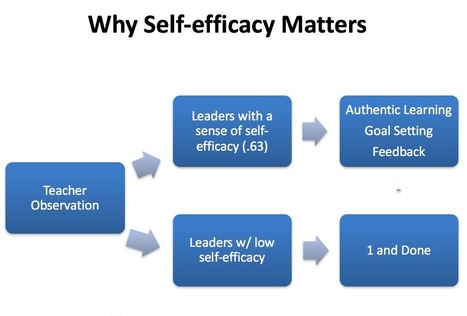






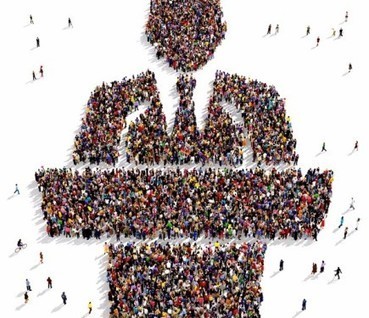

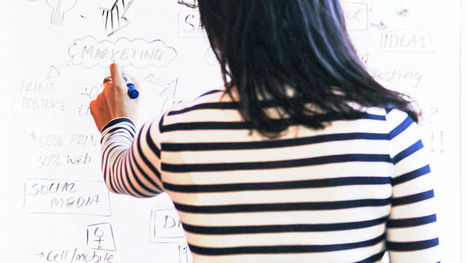
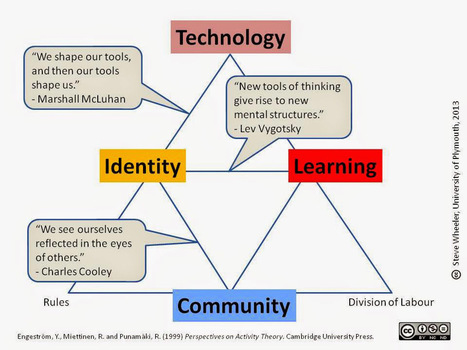



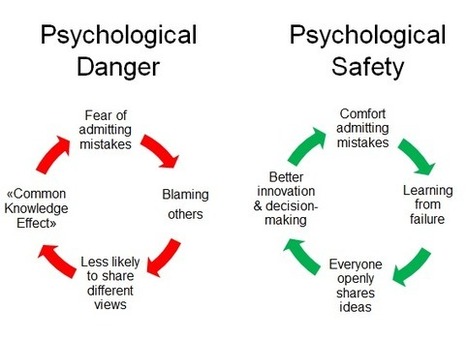




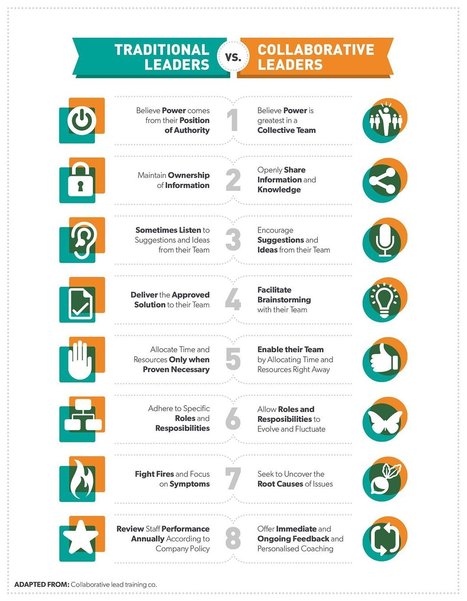

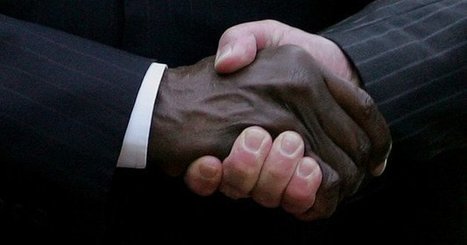



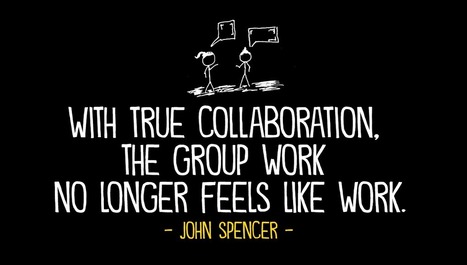


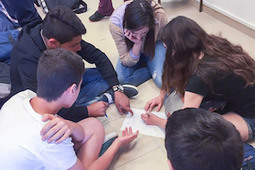


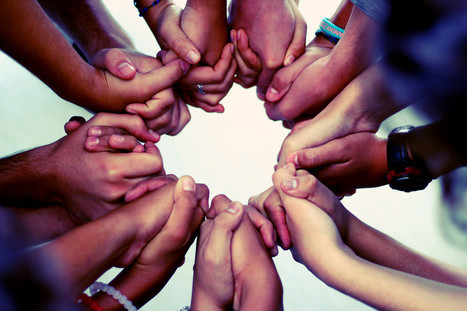

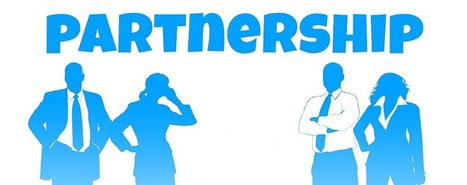












Anyone that has just been appointed a manager or on the path of management will be scrambling around like crazy trying to learn what it takes to be an effective manager. You'll enjoy this article - collaboration is one of my own personal favorites and I believe it unites teams, gives them a common purpose and allows employees to be heard and trusted. Go On Collaborate Today for better results...